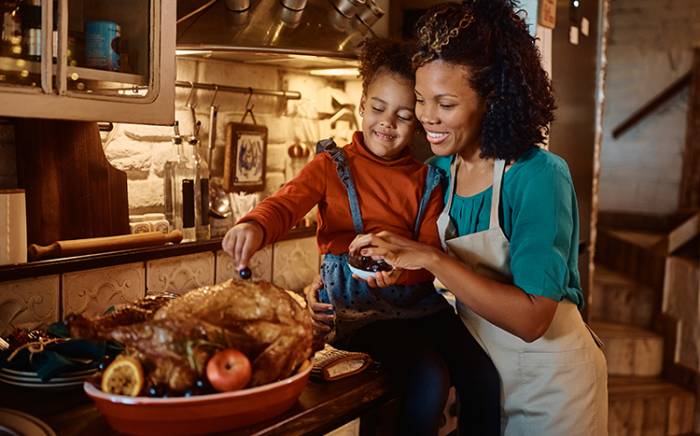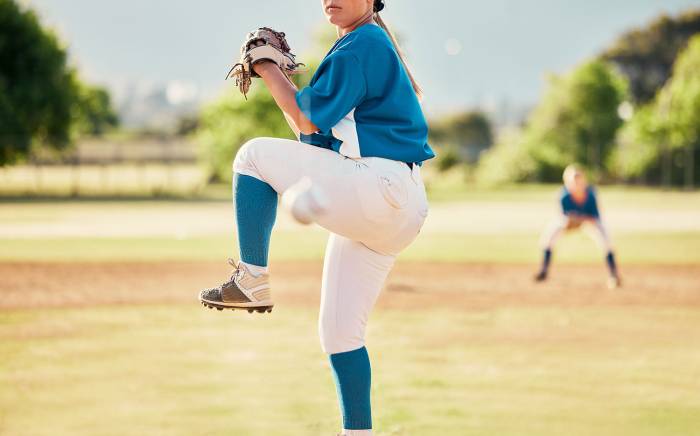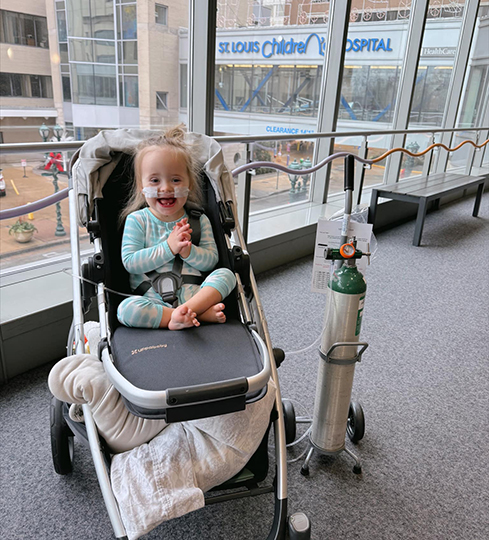To avoid summer bummers, such as sunburn, dehydration and bug bites, protect your family from head to toe with these seasonal safety tips.
Stopping Sunburn
Summer’s sunny, warm days are perfect for playing outside. Just make sure to take care of your child’s skin. Too much exposure to the sun’s ultraviolet (UV) rays and too many sunburns can raise lifetime risk of melanoma, the most serious form of skin cancer.
The sun is strongest during the middle of the day. It’s best to keep kids indoors between 10 a.m. and 4 p.m. If they are going to be outside during that time, make sure they wear hats, sunglasses, and long sleeves and pants if possible. Look for clothing and swimsuits with UV protection factor (UPF). These clothes are specially designed to block UV rays.
“Sun protection should be part of your family’s daily routine,” says Carrie Coughlin, MD, a Washington University pediatric dermatologist at St. Louis Children’s Hospital. “Kids are more likely to maintain sun-safe behaviors as they age if they are habits, not choices.”
Sometimes, no matter how hard you try to prevent them, sunburns happen. Aloe vera gel or petroleum jelly can help. Acetaminophen may also take some of the pain away.
Call your child’s doctor for a sunburn that blisters or one that occurs before one year of age.
Applied Science
When shopping for sunscreen, make sure the product is “broad-spectrum.” These sunscreens protect against both UVA rays, which can cause cancer, and UVB rays, which can cause sunburn as well as cancer. Select a sunscreen with at least SPF 30.
Put sunscreen on any skin that can’t be covered up with clothing. Apply it 30 minutes before heading outside and every 90 minutes while swimming. Don’t forget about easy-to-miss areas like the ears, the tops of feet and the backs of hands.
Also, stick with creams, and forget sprays and gels.
“Spray sunscreens can be hard to use because children move around a lot, and kids really should not breathe them in,” Dr. Coughlin says. “Plus, you have to rub the sunscreen into your child’s skin after spraying. At that point, you might as well use a lotion.”
“Gels are also hard to use,” adds Kathryn Wade, MD, a Washington University clinical associate pediatrician at University Pediatric Associates. “You can’t see the gel on a child’s skin. So you may miss patches of skin while you’re putting it on.”
Hit the Water
Make sure kids drink plenty of water whenever they are outside. Sunburns and heavy sweating cause your child’s body to lose water. That leads to a condition called dehydration.
“Water is the best drink to prevent dehydration,” Dr. Wade says. “Sports drinks are OK if a child has exercised nonstop for 60 minutes. But they have extra sugar and calories. Water should be the first choice for kids of all ages to drink before, during and after sports or play.”
Visit StLouisChildrens.org and search “summer safety tips” to download our Summer Safety Tips checklist.










